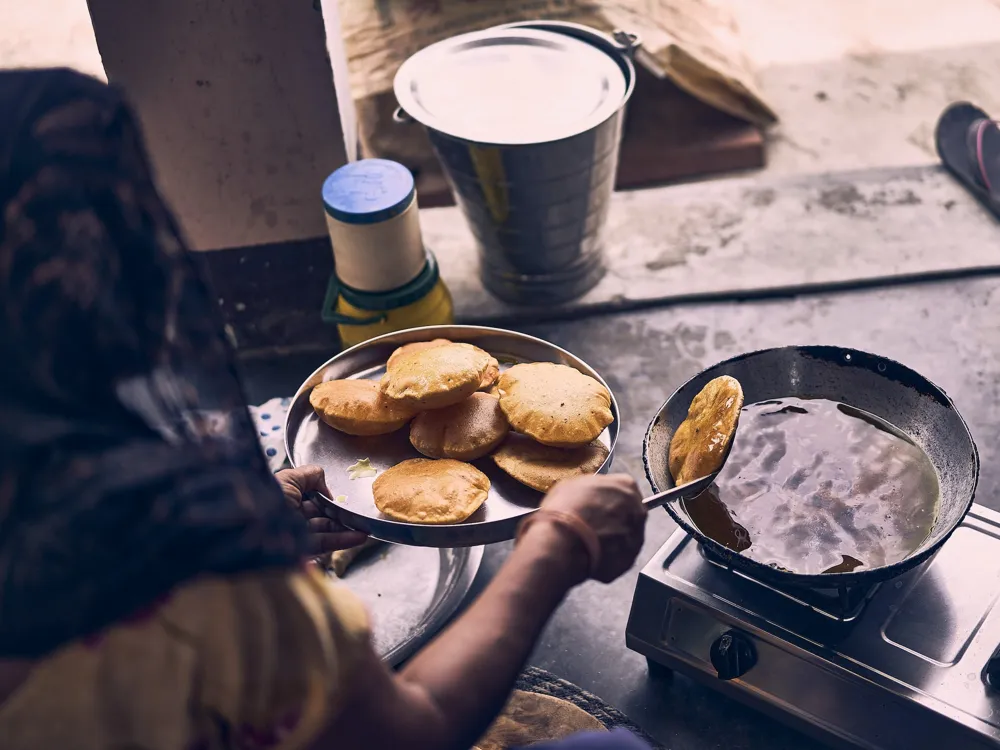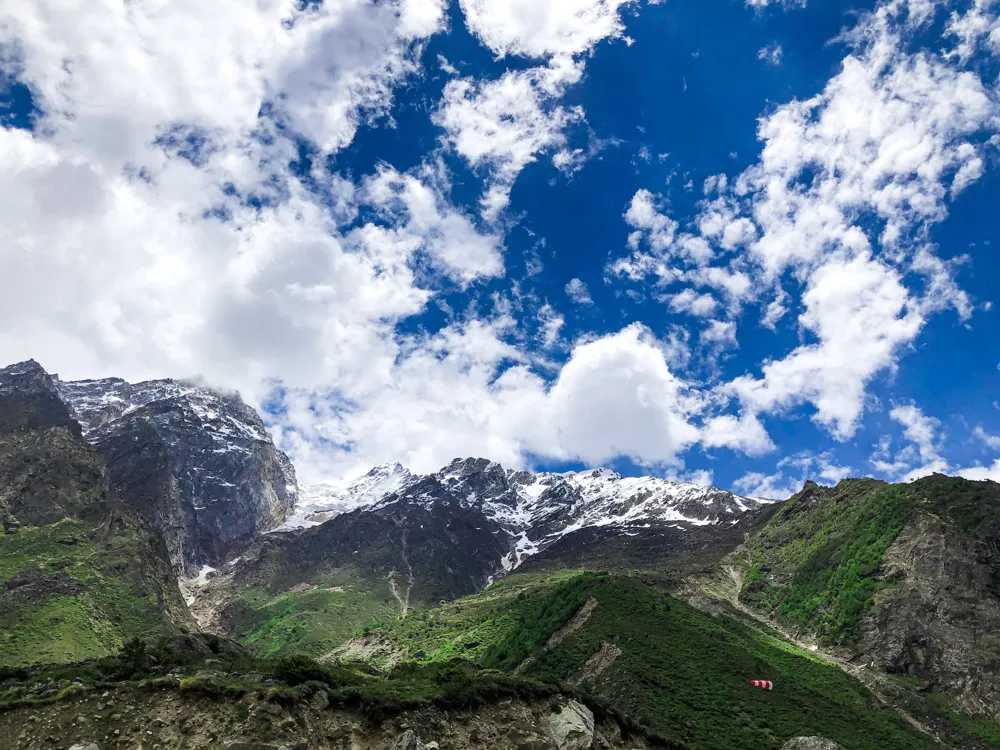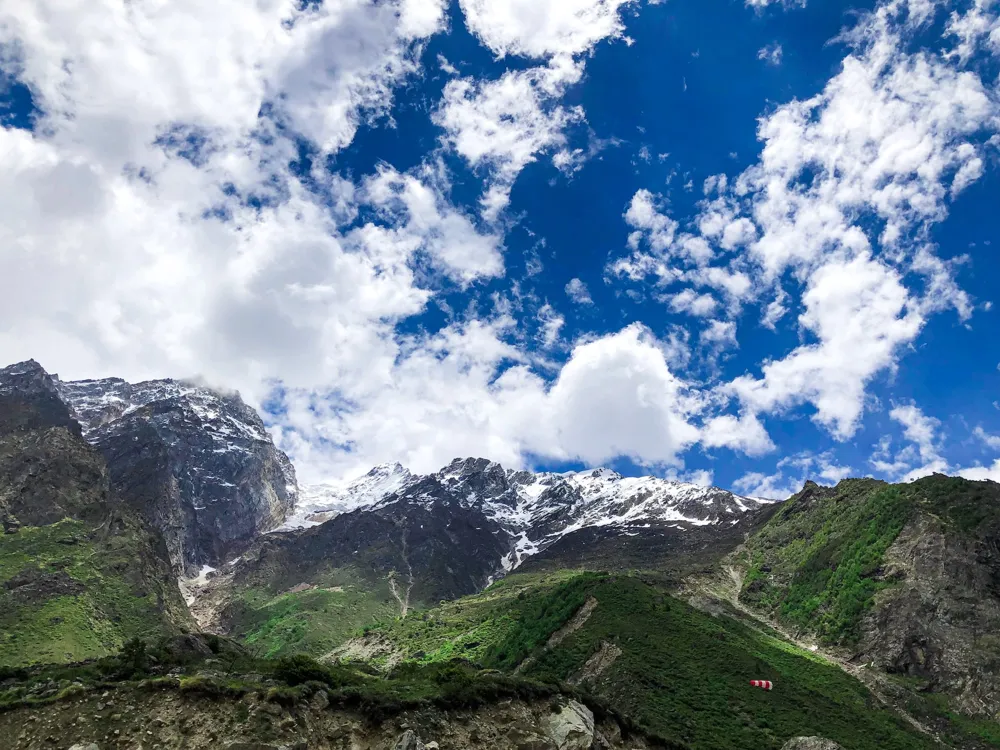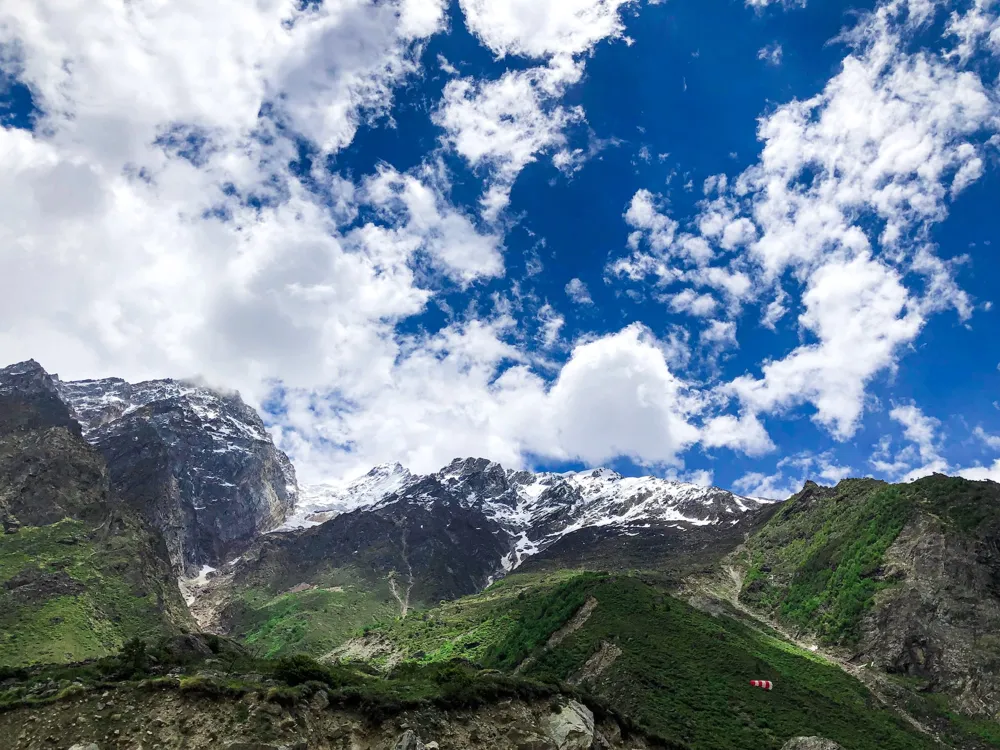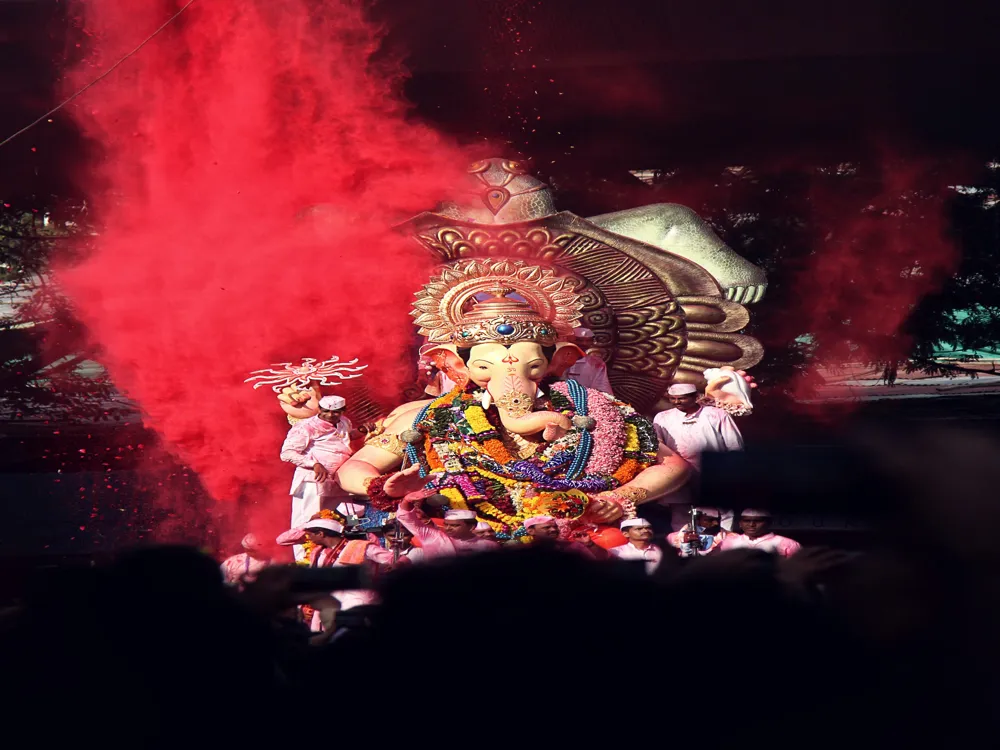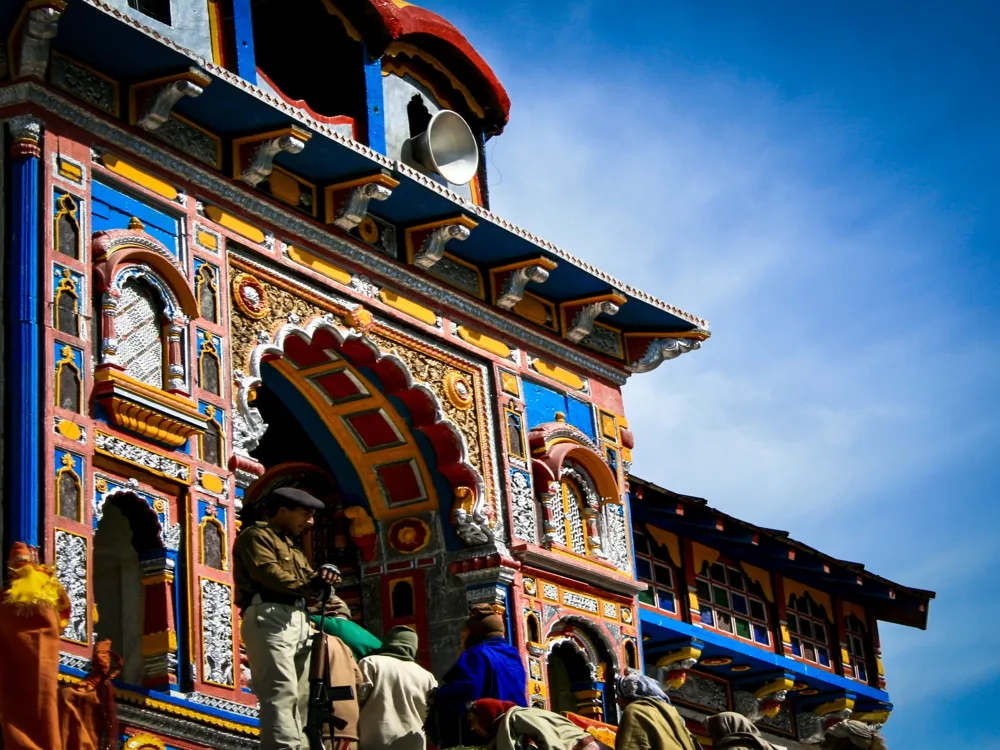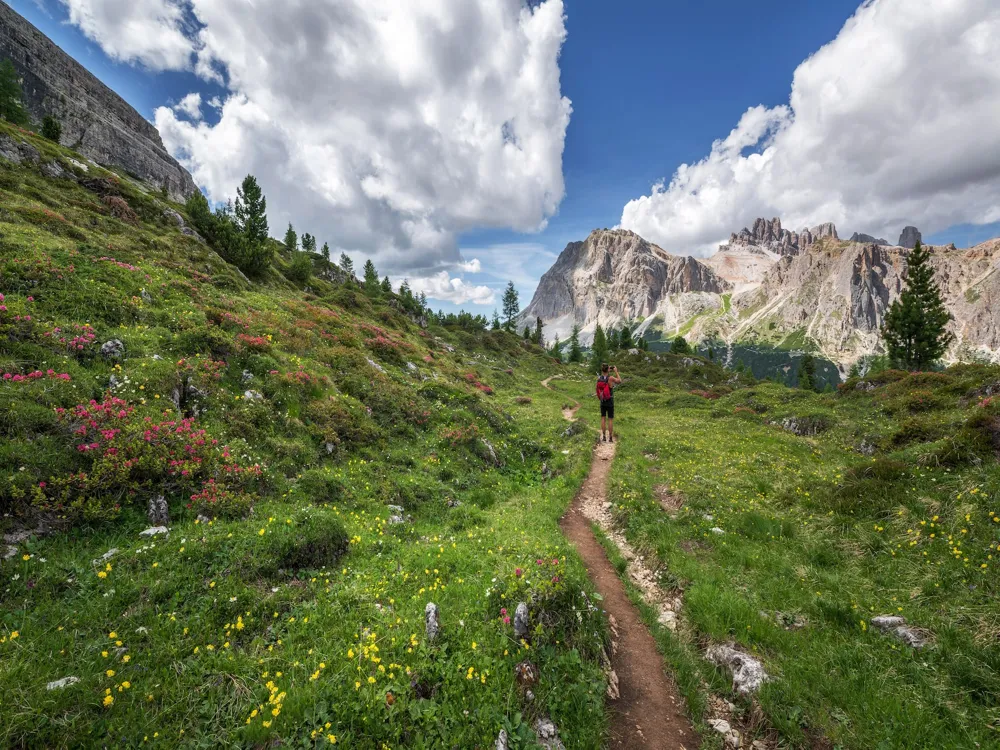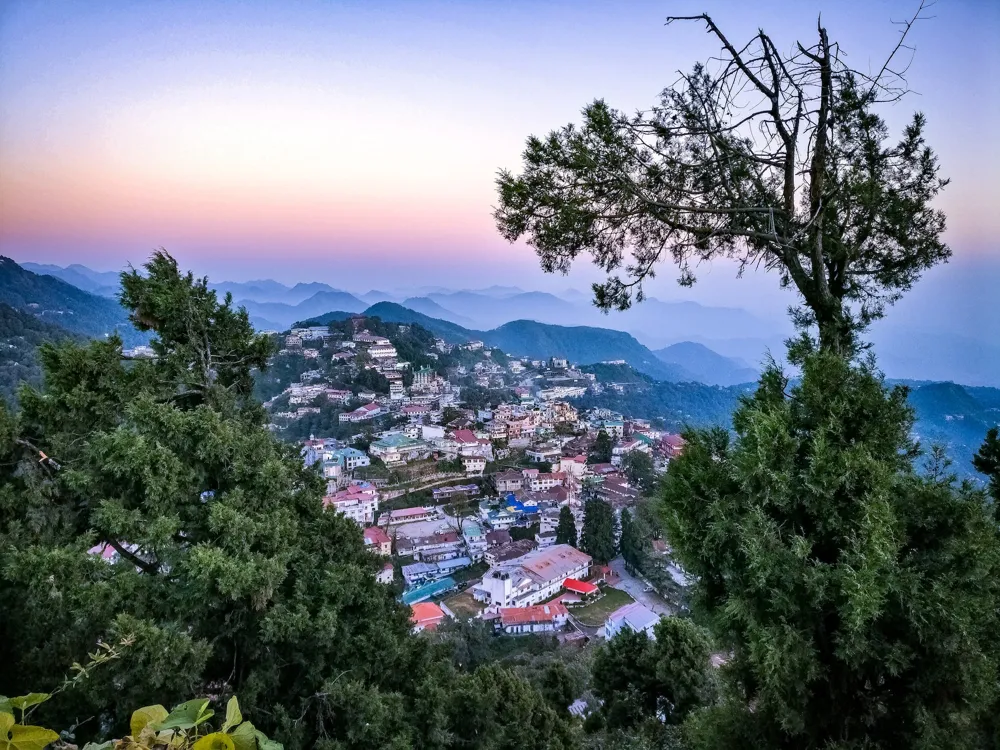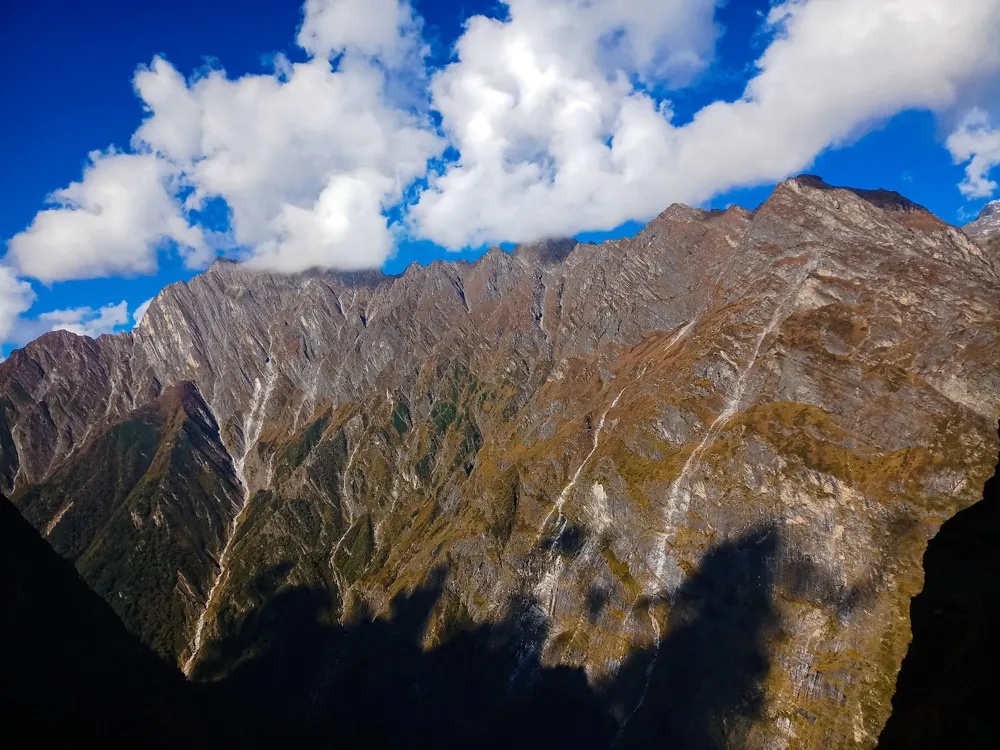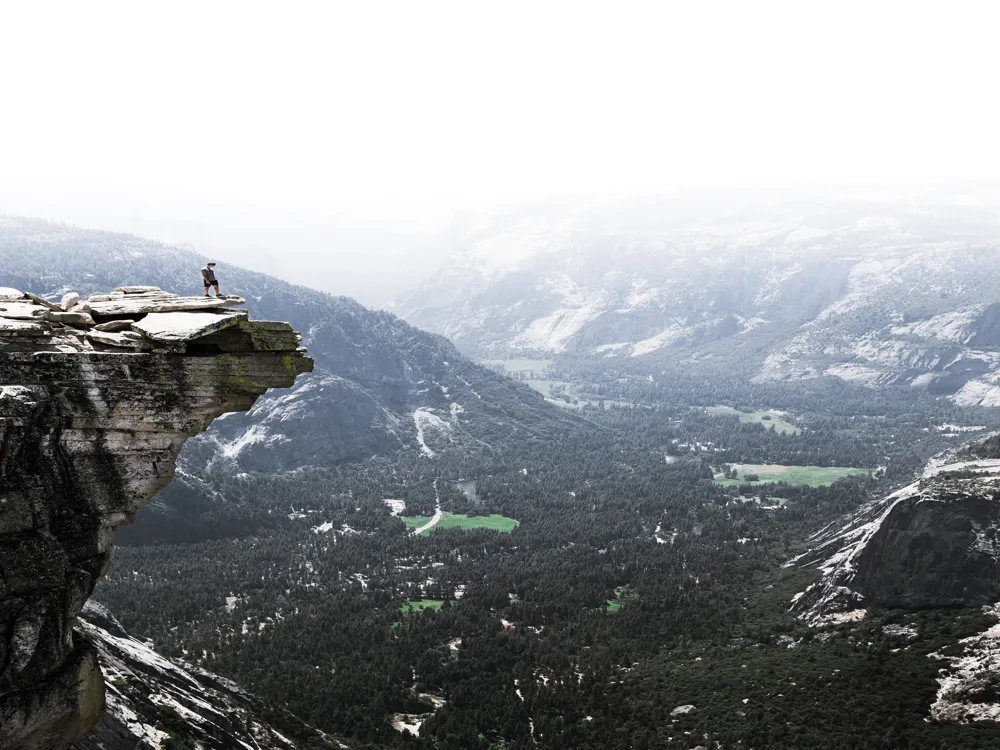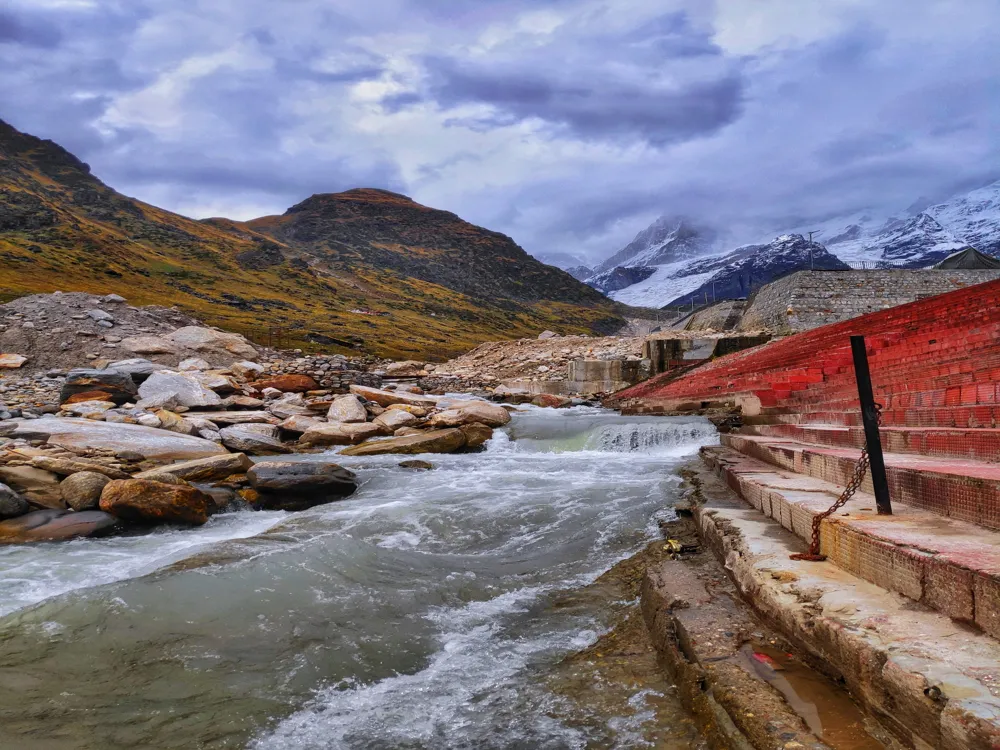Pandukeshwar, a small yet historically significant vill in Uttarakhand, India, holds a special place in the hearts of numerous. Nestled at a height of about 6,182 bases above the ocean, this village isn't just another layover for pilgrims heading to Badrinath, but a destination steeped in mythological and artistic significance. According to legends, the vill was established by King Pandu, the father of the Pandavas, in the grand Mahabharata. This connection with one of India's topmost epics lends Pandukeshwar a mystical air, attracting addicts and history suckers alike. The armature of Pandukeshwar is a testament to the ancient art and religious vehemence that shaped this region. The Yogadhyan Badri and Vasudev tabernacles stand as high exemplifications of early medieval North Indian temple armature, frequently characterized by their simple yet elegant design. These structures are generally erected using gravestones and wood, accoutrements that were readily available in the Himalayan region and suited to its harsh climate. The ideal time to visit Pandukeshwar is from May to October when the weather is pleasant, and the roads are clear. Avoid traveling during the monsoon season due to possible landslides and road blockages. While Pandukeshwar offers limited accommodation options, nearby towns like Joshimath provide a wider range of hotels and guesthouses. For authentic local cuisine, small eateries in the village are a must-try. Visitors are encouraged to dress modestly and respect the local customs and traditions, especially when visiting temples and interacting with the villagers. Pandukeshwar is accessible by road from major metropolises like Haridwar, Rishikesh, and Dehradun. The nearest field is Jolly Grant Airport in Dehradun, and the closest road station is in Haridwar. From these points, one can hire hacks or take motorcars to reach Pandukeshwar. Read More:Overview of Pandukeshwar, Badrinath, and Uttarakhand
The village's serene terrain, girdled by lush verdure and the majestic Himalayan mountains, adds to its spiritual air. It's home to two ancient tabernacles, Yogadhyan Badri and Vasudev Temple, which are deified as part of the sacred' Sapt Badri' — a group of seven holy tabernacles devoted to Lord Vishnu. These temples not only showcase the architectural majesty of ancient India but also serve as vibrant centers of religious conditioning throughout time. The tranquility of Pandukeshwar, coupled with its rich artistic heritage, makes it a unique destination for those seeking spiritual solace and a regard for India's profound mythological history.Architecture of Pandukeshwar
The Yogadhyan Badri Temple, believed to have been established by Pandu, showcases a distinct style with its square garbhagriha( sanctum sanctorum) and a conical shikhara( tabernacle palace). Intricate busts and puppets beautify the walls, depicting colorful divinities and scenes from Hindu tradition. The tabernacle's layout and design reflect the architectural principles outlined in ancient Indian holy writings like the Vastu Shastra, harmonizing the structure with its natural surroundings and cosmic powers.
Also, the Vasudev Temple, devoted to Lord Krishna( another form of Lord Vishnu), exhibits the traditional' Pahari'(hill) style of armature. Its rustic facade, decorated with detailed busts and tempera oils, stands out against the background of the rugged Himalayas. The tabernacle's inner sanctum, casing the deity, exudes a sense of godly presence, further amplified by the fluttering lights and the scent of incense.Tips When Visiting Pandukeshwar
Best Time to Visit
Accommodation and Food
Respecting Local Culture
How To Reach Pandukeshwar
Pandukeshwar
Badrinath
Uttarakhand
₹ 11,200 onwards
View badrinath Packages
Badrinath Travel Packages
View All Packages For Badrinath
Top Hotel Collections for Badrinath

Private Pool

Luxury Hotels

5-Star Hotels

Pet Friendly
Top Hotels Near Badrinath
Other Top Ranking Places In Badrinath
View All Places To Visit In badrinath
View badrinath Packages
Badrinath Travel Packages
View All Packages For Badrinath
Top Hotel Collections for Badrinath

Private Pool

Luxury Hotels

5-Star Hotels

Pet Friendly







